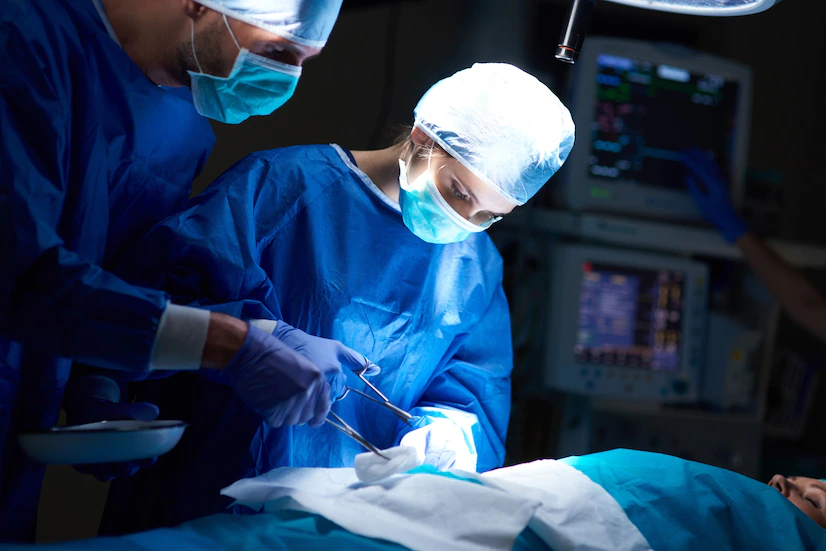Pilonidal Disease
A pilonidal cyst is an accumulation of hair and skin debris that typically occurs at the base of the tailbone. These cysts become infected, filling with pus. In most cases, they resemble an enlarged pimple, though they can grow to become an enlarged mass. It is not uncommon for a hole or small tunnel to develop in the skin surrounding these cysts. These cavities are known as pilonidal sinuses, and they can make a person prone to recurrent infections. Also known as pilonidal disease, this condition almost always requires colorectal surgical treatment to fully resolve.

